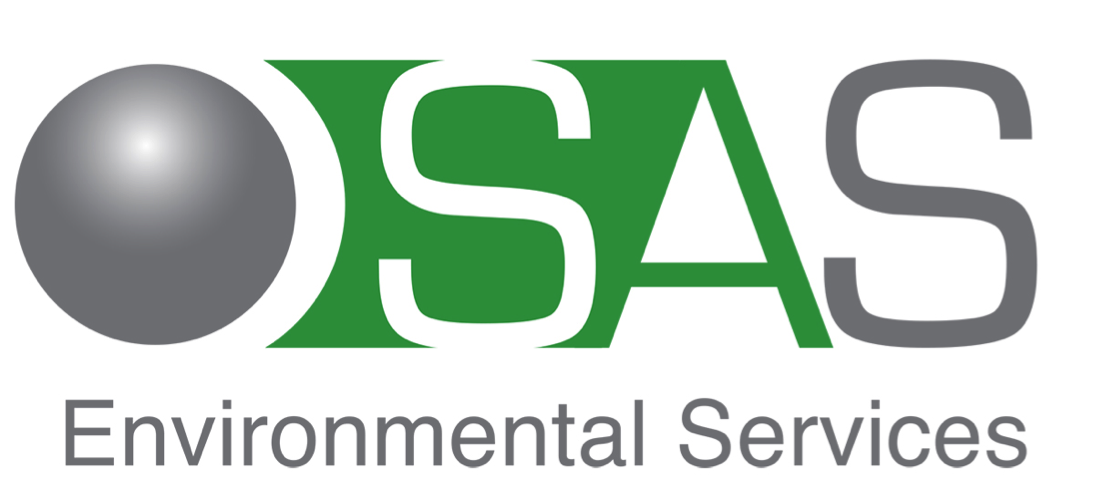Mud Tank Cleaning Using Microemulsions
/We are all aware of the traditional method of manual mud tank cleaning, where teams of trained personnel enter contaminated mud tanks, often erecting scaffolding in order to gain access to the higher parts of the wall and the roof of the tank. However, we don't think this is the most efficient or effective way to get the cleaning done...
Manually cleaning mud tanks is time intensive, costly, and overall a very dirty, tiring job. When you take all these factors into consideration, it is definitely time to find a new way to approach this old issue. We believe the answer lies within the development of microemulsion delivery systems for the cleaning of drilling rig mud pits and platform supply vessels.
Microemulsion chemical technology, when paired with an innovative mechanical delivery system, really reaches a new, optimised level of tank cleaning with fewer health and safety issues compared to the traditional method of operation. Cleaning operations can also be greatly enhanced through the use of 'cleaning in place systems' or 'CIP'. These systems consist of designed skids containing filtration and pumping equipment capable of delivering sufficient pressure and flow to deliver a microemulsion solution to as many as four mud tanks at a time!
By using geared cleaning nozzles, the entire inside of a mud tank can be covered with a microemulsion cleaning solution within a matter of minutes. This minimises man entry into the mud tank, resulting in a fraction of the time being required. Once these nozzles are in place and connected to the CIP system, the microemulsion cleaning solution is pumped through the system and breaks up the drilling mud on the tank walls and the mud cake on the tank floor. The resulting liquid waste can be easily removed using standard pumping equipment.
The microemulsion technology breaks down the mud, creating low viscous slurry. This waste stream is then placed either in a weir tank where solids can settle, and the liquid is reused for further cleaning operations, or the waste is treated using hydro cyclones and/or filtration equipment. The use of microemulsion chemistry allows for a continuous mud tank cleaning process, either onshore for the processing of supply vessels or offshore on the rig.
More information on microemulsions is available on our website!





